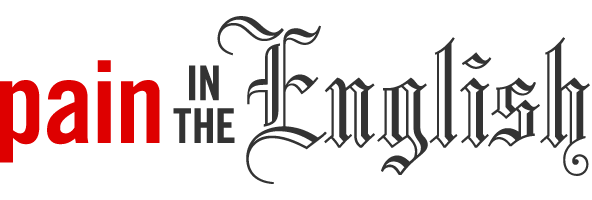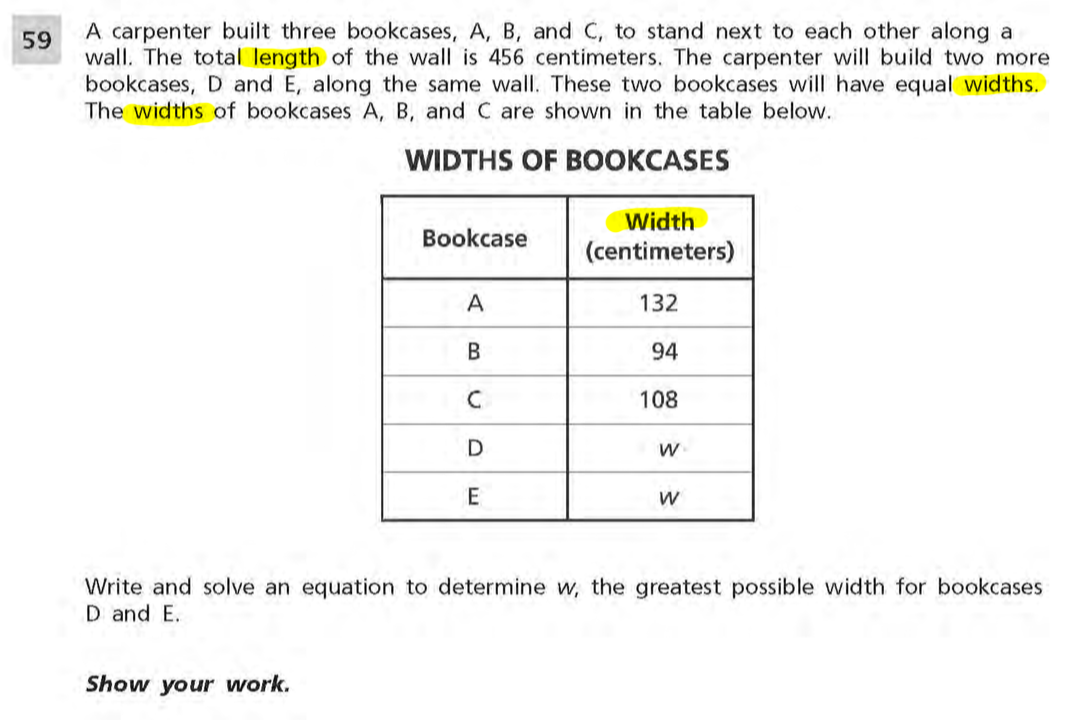Proofreading Services Retired
We’ve officially closed our proofreading services. You can probably guess why. With AI tools like ChatGPT now doing the job for free (and instantly), the demand for human proofreaders has all but vanished. If you still prefer a human touch, you're part of a rare—and shrinking—breed. We're now back to our roots: a forum for nitpicking the finer points of the English language. Thanks for your past support. We appreciate it.
Submit your question here.
Latest Posts
In some recent fiction books written by American authors, I have seen the word “acclimated” as in “...she took a day to become acclimated to her new area.”
Shouldn’t this word be “acclimatised” or is this a case of American’s using one word and New Zealanders using another, both for the same purpose?
Is anyone annoyed by “double words,” such as: Were you happy happy? Was it fixed fixed? Do you know how to type type? Now, here’s a doozy: “He’s in his office office.” What in the heck does that mean? I’d appreciate your feedback.
I cringe when I read (a million times a week), “I am so sorry,” “I am so happy”...
It feels like there is part of the statement missing, like “I am so happy I could cry,” or “I am so sorry, I don’t know what to say.” Is “so anything” a legitimate phrase on its own? Or am I right in thinking it needs more?
If a city and state (and full date) start a sentence in possessive form, would you consider the punctuation correct in the following three examples?
- Frankfort, Kentucky’s crime rate has increased.
- Paris, France’s breathtaking sights left us in a state of raptures.
- September 11, 2001’s tragic events will forever be indelibly etched in the minds of everyone.
Please, no recasts.
I run. I ran. I had ran. I had run.
I went. I had went. I had gone.
There appear to be localized aberrations where people insist on saying “had ran” even though they know “had run” is proper. They seem to be victims of conforming to local language.
This group of people seems to me to come from a region. I grew up in California, and I never saw this. I started seeing it in Colorado. It was a little more common in Kansas. It was very common in GA. It always showed up in people who had moved west from eastern locations like MA, KY, DE, VA, WV, NC.
What is it that I am trying to say here? Peer pressure overrides language correctness? Is there a better way to refer to this?
I’m reviewing a New Zealand scientific report which uses the word ‘equivalency’. This sounds to me like an Americanisation of the word ‘equivalence’, both being nouns but with the redundancy of an additional syllable in ‘equivalency’.
As we use British English (despite word processing software trying to force American English upon us) I’m inclined to use ‘equivalence’. What do you think?
What does “that” mean in the following sentences? Are there any rules which apply to the exact phrases which “that” refers to?
1. The graphs above show the rates of electricity generation of Kansas and “that” of the U.S. total in 2010.
Q. Doesn’t “that” refer to “electricity generation”? If yes, isn’t “of” needed before “that”?
2. The rate of electricity generation by nuclear power plants in Kansas was about the same as that of the U.S. total.
Q. Doesn’t “that” refer to “the rate of electricity generation by nuclear power plants”? If yes, why is it “that in the U.S. total”, instead of “that of the U.S. total” to be parallel with in Kansas?
I had never thought I would ever wonder what “width” is until my 12-year old daughter came home one day and told me that her math teachers (not just one but two) told her that “width” in geometry is the vertical side of a rectangle. That to me was like saying up is down and down is up. How could this be?
It turns out that her teachers are not alone. Take a look at this page I came across while Googling on the topic. It says:
In the case of a square or a rectangle, the expression length (1) is commonly used instead of base and width (w) instead of height. In the case of a circle the expression diametre (d) is used.

“Width instead of height” is very much like saying up is down. Where did this come from?
And, what is even more disconcerting is that the teachers are not aware of this ambiguous nature of “width.” Two other teachers told me that width is always the horizontal side, and another told me that she has heard others call the vertical side “width.” So, apparently, each is teaching their students in an authoritative manner their own definition of “width.” If a 12-year old is told by her math teacher that “width” in geometry refers to the vertical side, why should she doubt it? Unless, of course, she was also told that “width” can be vertical or horizontal (i.e. direction neutral, like “length”). But that is apparently not what is happening at school in New York City.
If we teach our kids that a triangle has three sides, we don’t want them thinking that the definition of “triangle” could be flexible as if it could have four or five sides. If the definition of “width” is not universal, they need to know that. Here is a case in point. The following question was in 2016 Common Core Math Test for Grade 6.
“A carpenter built three bookcases, A, B, and C, to stand next to each other along a wall. The total length of the wall is 456 centimeters. The carpenter will build two more bookcases, D and E, along the same wall. These two bookcases will have equal widths. The widths of bookcases A, B, and C are shown in the table blow.”
Now, if you were taught that in geometry, “width” means the vertical side and “length” means the horizontal side, you would have to be confused reading this question. The correct response would be, “But why should the ‘widths’ of the bookcases have anything to do with the ‘length’ of the wall in fitting the bookcases?”
My daughter tried to figure this out by drawing a bunch of bookshelves with different heights, and eventually gave up because the question made no sense to her.
In Merriam-Webster, the word “width” has no ambiguity: “the horizontal measurement taken at right angles to the length.” After all, the word “height” has no ambiguity, so why should we think “width” would?
But looking at the Oxford dictionary gives us a slightly different answer: “The measurement or extent of something from side to side; the lesser of two or the least of three dimensions of a body.”
In other words, in a rectangle, “the lesser of the two” sides would be called “width” regardless of the orientation. So, it appears that this is an American-versus-British issue, or is it? (Note the spelling of “diametre” on the page from fao.org quoted above.)
Isn’t “agree the terms” simply bad form? The following is taken from today’s online Guardian in a quote from Theresa May: . . . the prime minister said she believed it was “necessary to agree the terms of our future partnership alongside those of our withdrawal from the European Union”. Then as the article continues, the same usage appears in the Guardian’s own words: “The EU institutions and 27 remaining member states, however, have long said they were determined the divorce settlement, such as the rights of EU citizens in the UK and Britons on the continent and the size of Britain’s exit bill, must first be agreed before substantive talks on a future relationship could begin.”
Agree to the terms, yes; but agree the terms?
Be agreed upon, yes; but settlement be agreed before?
I have not run across this usage in US English, so is it something happening in British writing/speech?
There is a structure used by native speakers that I often read on social media, referring to people who have passed away, on the day of their anniversary. e.g. “He would have been 60 today.” Shouldn’t it be “He would be 60 today”? Meaning, if he were alive, he would be 60 today.





